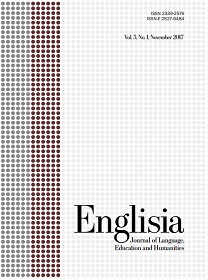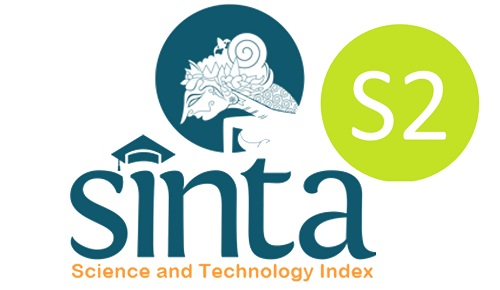MAINTAINING THE IDENTITY OF BILINGUAL INDIVIDUALS IN MULTICULTURAL/MULTILINGUAL SETTINGS
DOI:
https://doi.org/10.22373/ej.v5i1.1660Keywords:
Bilingual, Identity, Multicultural/Multilingual SettingsAbstract
This paper discusses the ways bilingual people are able to maintain their identity within any multicultural and multilingual environment. As today’s societies have shown to have more people with varied language/cultural backgrounds, it is interesting to learn how the bilinguals understand and identify themselves despite living in a totally different environment. Data in this paper came from a number of multicultural/multilingual settings for comparison purposes. Findings showed that there have been three major factors contributing to maintain the bilinguals’ identity in a diverse environment including language, family, and peer interaction.Downloads
References
Danbolt, L. D. (2011). The challenge of bilingualism in a multilingual society: The Bolivian Case, Journal of Intercultural Communication, ISSN 1404-1634, Issue 27, retrieved August 7, 2017 from https://www.immi.se/intercultural/nr27/drange-27.htm
Gérin-Lajoie, D. (2005). Bilingual identity among youth in minority settings: a complex notion. ISB4: Proceedings of the 4th International Symposium on Bilingualism, Cohen, J., Mcalister, K. T., Rolstad, K. & Macswan, J. (ed). Somerville, MA: Cascadilla Press, pp. 902-913
Hamers, J. F., & Blanc, M. H. A. (2004). Bilinguality and bilingualism. Cambridge: Cambridge University Press.
Hansen, J. G. & Liu, J. (1997). Social identity and language: theoretical and methodological issues, TESOL Quarterly, 31, pp. 567–576
Mackey, W. F. (2005). The description of bilingualism. In L. Wei (Ed.), The Bilingualism reader. New York: Routledge.
Phinney, J. S., Romero, R., Nava, M., & Huang, D. (2001). The role of language, parents, and peers in ethnic identity among adolescents in immigrant families, Journal of Youth and Adolescence, 30(2), pp. 135-153
Rosenthal, D.A. & Cichello, A.M. (1986). The meeting of two cultures: ethnic identity and psychosocial adjustment of Italian-Australian adolescents, International Journal of Psychology, 21, pp. 487-501
Rivers, D. J. (2008). English as an international business language (EIBL): The need for an increase in theoretical and practical research focusing on written business communications across cultural boundaries in relation to multinational corporate language selection, The Asian ESP Journal, 4(2), pp. 6-22
Tajfel, H. (1974). Social identity and intergroup behaviour, Social Science Information, 13, pp. 65-93
Wei, L. (2005). Dimensions of bilingualism. In L. Wei (Ed.), The bilingualism reader. New York: Routledge.
Downloads
Published
Issue
Section
License
Proposed Policy for Journals That Offer Open Access
Authors who publish with Englisia journal agree to the following terms:
- Authors retain copyright and grant the journal right of first publication with the work simultaneously licensed under a Creative Commons Attribution License that allows others to share the work with an acknowledgement of the work's authorship and initial publication in this journal.
- Authors are able to enter into separate, additional contractual arrangements for the non-exclusive distribution of the journal's published version of the work (e.g., post it to an institutional repository or publish it in a book), with an acknowledgement of its initial publication in this journal.
- Authors are permitted and encouraged to post their work online (e.g., in institutional repositories or on their website) prior to and during the submission process, as it can lead to productive exchanges, as well as earlier and greater citation of published work (See The Effect of Open Access).









